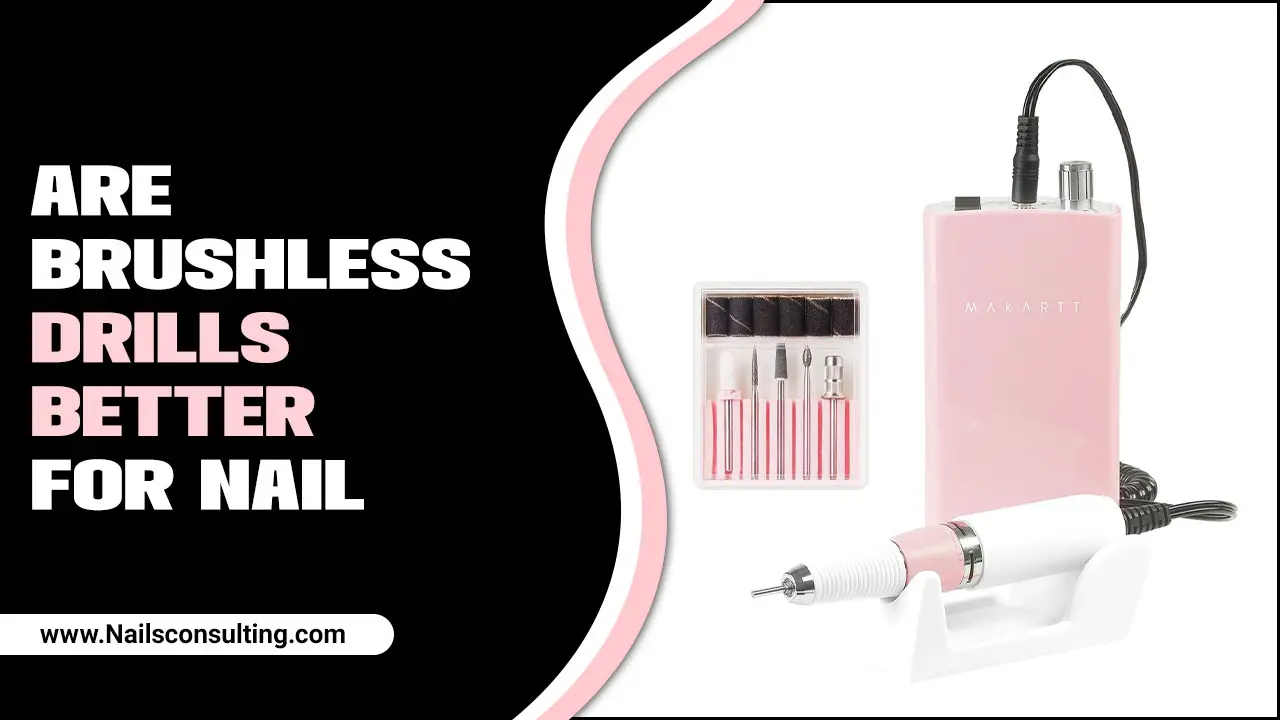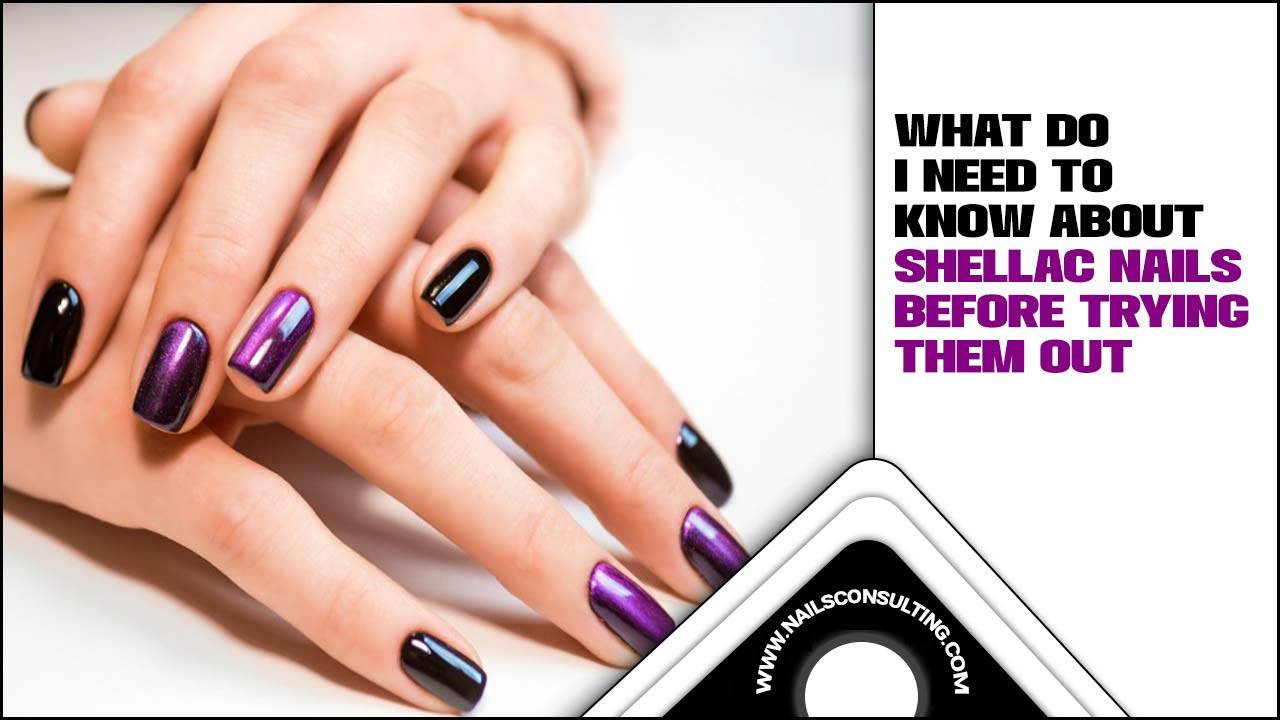Absolutely! Marble nail design is a stunning and surprisingly achievable technique that mimics the luxurious swirls of natural marble, adding an elegant, artistic touch to any manicure. This guide breaks down how to create this chic look yourself, even if you’re a complete beginner. Get ready to elevate your nail game with this essential how-to!
Ever looked at those gorgeous, swirled nail designs and thought, “Wow, that looks impossibly fancy”? You’ve probably seen marble nails! They’re super popular because they look so elegant, like a tiny piece of art on your fingertips. But here’s the secret: you don’t need pro skills to get this chic look. Many people find it a bit tricky to get the swirls just right, or they worry about making a mess. Don’t let that stop you! With a few simple steps and the right tips, you can totally create beautiful marble nails at home. We’ll walk through everything you need, and I’ll show you exactly how to get those dreamy, marbled patterns. Ready to unleash your inner nail artist?
What Exactly is Marble Nail Design?
Marble nail design is a type of nail art that imitates the beautiful, veined patterns found in natural marble stone. Think of those elegant countertops or sculptures – we’re bringing that sophisticated look to your nails! It’s characterized by flowing, organic lines and a stunning blend of colors, often with a white or light-colored base and darker swirling veins. It can range from subtle and minimalist to bold and dramatic, making it a versatile choice for any occasion.
Why “Marble” Nails are a Must-Try
- Timeless Elegance: Marble is a classic. It always looks sophisticated and chic.
- Unique Patterns: No two marble patterns are ever the same, making each manicure truly one-of-a-kind.
- Versatile Style: It works with almost any outfit and can be adapted to suit your personal taste – from soft pastels to bold contrasts.
- Beginner-Friendly Potential: While it can look complex, the basic techniques are surprisingly accessible, especially with the right guidance.
- Achievable DIY: Many methods allow you to create this salon-worthy look right from your own home, saving you time and money.
Getting Started: Your Marble Nail Design Toolkit
Before we dive into the magic, let’s gather your supplies. Having everything ready makes the process smooth and enjoyable. You don’t need a professional salon setup; most of these items are readily available at beauty stores or even online.
Essential Tools and Materials for Marble Nails
- Base Coat: Protects your natural nails and helps polish adhere better.
- Polishes:
- Base Color: Usually a light color like white, cream, or a very pale pastel.
- Veining Colors: Typically darker shades like black, navy, deep grey, or even rich jewel tones for the marbled effect.
- Top Coat: To seal your design, add shine, and make it last.
- Thin Nail Art Brush or Toothpick: For creating the delicate veins. A fine-tipped brush is often easier for beginners.
- Cleanup Tool: This could be a cotton ball or cotton swab dipped in nail polish remover, or a special cleanup brush.
- Cleanup Brush (Optional but Recommended): A small, stiff brush (like a small flat shader brush used for makeup, or a dedicated nail cleanup brush) is fantastic for cleaning up stray polish around your cuticles and sidewalls.
- Optional:
- Marbleizing Tool/Water Marbling Kit: For a specific water marbling technique.
- Dotting Tool: Can be used for adding small accent dots.
- Nail Polish Thinner: To refresh old polish if it’s become too thick.
Pro Tip: When choosing polishes, make sure they aren’t too old or goopy. Thicker polishes can be harder to work with and create messy swirls. If a polish is getting thick, a drop or two of nail polish thinner can revive it. For a great overview of essential nail art tools for beginners, check out this guide from NailCareHQ.
The Easy DIY Marble Nail Design Method (No Water Required!)
This is often the most straightforward method for beginners. It uses just your polishes and a fine brush or toothpick. It’s forgiving and allows for great control.
Step-by-Step Guide to Swirls:
- Prep Your Nails: Start with clean, dry nails. File them to your desired shape and push back your cuticles. Apply a layer of base coat and let it dry completely. This is super important for a smooth finish and nail health!
- Apply Your Base Color: Paint your nails with your chosen light base color (e.g., white). Apply two thin coats for opaque coverage, letting each coat dry fully before applying the next. A clean, even base is key to making those marble veins pop.
- Prepare for Veining: Have your darker polish and your fine brush or toothpick ready. You might want to open the bottles of your veining colors now.
- Create the Veins:
- Dip your fine brush or the tip of your toothpick into your veining polish. You don’t need a lot of polish on the brush/toothpick – just enough to create a line.
- Lightly touch the brush/toothpick to your nail and gently drag it to create thin, wispy lines. Think of natural marble – the veins aren’t usually thick, solid blocks.
- Make a few random lines. Don’t overthink it! The beauty of marble is its organic nature. You can make them straight, curved, or zig-zaggy.
- For a Blended Look: While the veining polish is still wet, you can use a clean, dry brush or toothpick to very gently swirl or drag the lines slightly into the base coat. Be super light-handed here! The goal is to slightly blend, not create a muddy mess.
- Clean Up Edges: Immediately after creating your design, use your cleanup tool (cotton swab dipped in polish remover, or your cleanup brush) to wipe away any polish that got onto your skin or cuticles. This makes your design look super neat and professional.
- Apply Top Coat: Once the veining polish is completely dry to the touch (this is crucial!), apply a generous layer of your favorite top coat. This seals the design, adds a beautiful glossy finish, and protects your marble art.
- Let It Dry: Allow ample drying time. Patience is a virtue here to prevent smudging!
Tip: If you make a mistake, don’t panic! You can carefully wipe away the wet veining polish with a nail polish remover-soaked swab and try again on that nail. It’s often easier to fix mistakes when the polish is still wet.
The Water Marbling Technique: A Little More Advanced, Big Impact!
Water marbling is another popular way to achieve a marble effect. It involves dropping polish into water and then swirling it to create patterns. It can be incredibly stunning, but it does take a bit of practice!
What You’ll Need for Water Marbling:
- A cup or bowl of room-temperature water.
- A variety of nail polishes (at least 2-3 colors usually work best).
- A toothpick or a marbling needle tool.
- Paper tape or liquid latex (to protect your skin).
- A top coat.
- Nail polish remover for cleanup.
Water Marbling – The Steps:
- Prep Your Nail and Water: File and clean your nails as usual. Apply base coat and let it dry. Then, fill your cup with water. It shouldn’t be too cold or too hot – room temp is best.
- Protect Your Skin: This is where the tape or liquid latex comes in. Carefully apply it around your nail and cuticle area. This step is essential to avoid a huge mess on your fingers! If using tape, make sure it’s sealed well at the base of your nail so water doesn’t seep underneath.
- First Polish Drop: Take your base color polish (e.g., white) and open it. Hold the bottle a few inches above the water and let a drop or two fall into the center of the cup. It should spread out.
- Add More Colors: Now, take your other polish colors. Drop them one by one into the center of the spreading polish. Let each color spread before adding the next. Work relatively quickly!
- Swirl Your Pattern: Once you have your colors in the water, take your toothpick or marbling needle. Gently drag it through the polish in a swirling pattern. You can do circles, zig-zags, or flower-like patterns. Don’t over-swirl, or the colors will become muddy.
- Dip Your Nail: When you have a pattern you like, carefully dip your taped finger into the water, right into the swirled polish. Angle your finger so the polish covers the nail surface.
- Remove Excess Polish: Before lifting your finger, gently pull the remaining polish off the surface of the water with your toothpick. Then, carefully lift your finger from the water.
- Clean Up: Remove the tape or liquid latex carefully. Use a nail polish remover-soaked cotton swab or brush to clean up any stray polish from your skin.
- Top Coat: Once your nail is dry from the water and cleanup, apply a good top coat.
- Repeat: Repeat for each nail, refreshing the water and cleaning your cup as needed.
Important Note: Water marbling often works best with specific types of nail polish. Some polishes spread better than others. It can take some trial and error to find polishes that work well for you.
Marble Nail Design Variations and Tips for Success
Once you’ve mastered the basic techniques, you can play around with different color combinations and styles. Here are some ideas to inspire you!
Popular Marble Nail Design Color Palettes
The possibilities are endless, but here are some classic and trending combinations:
- Classic Black & White: The most iconic marble look. Dramatic and sophisticated.
- Whites, Grays & Blues: A softer, more muted take, reminiscent of Carrara marble.
- Pinks & Golds: For a feminine and luxurious feel. Think rose quartz vibes!
- Greens & Whites: Like malachite, offering a rich, earthy elegance.
- Jewel Tones (Emerald, Sapphire, Amethyst): For a bold, glamorous statement.
- Monochromatic: Using different shades of the same color, like a light blue base with darker blue veins.
Pro Tips for Perfect Marble Nails:
- Work Quickly: Especially with water marbling, nail polish can dry fast. Have everything ready to go so you can work efficiently.
- Less is More: For swirling techniques, you don’t need a lot of polish on your brush or toothpick. Thin, delicate lines often look more realistic and elegant.
- Cleanup is Key: Don’t skip the cleanup! A clean cuticle line makes all the difference between a DIY look and a professional finish.
- Practice Makes Perfect: If your first attempt isn’t exactly what you envisioned, don’t get discouraged! Keep practicing. Each time, you’ll get a better feel for how the polish moves and how much product to use.
- Use Quality Polish: Good quality polishes, especially top coats and base coats, can significantly impact the longevity and appearance of your design. For instance, a quick-dry top coat can be a lifesaver for impatient nail art enthusiasts!
- Consider Your Base: The lighter your base color, the more contrast your veins will have. Darker bases can create moodier, more subtle marble effects.
Nail Care for Long-Lasting Marble Manicures
To keep your beautiful marble nails looking fantastic, a little bit of nail care goes a long way.
Maintaining Your Marble Manicure:
- Hydrate Cuticles: Regularly apply cuticle oil. Well-moisturized cuticles look neat and help prevent your polish from lifting at the edges.
- Wear Gloves: When doing chores, especially washing dishes or cleaning with harsh chemicals, wear rubber gloves. This protects your hands and your manicure from damage.
- Avoid Using Nails as Tools: Resist the urge to open cans or scrape things with your nails! This can chip or break your polish, ruining the design.
- Gentle Filing: If you need to file your nails, do so gently in one direction to avoid snagging or peeling the polish.
- Reapply Top Coat: If you notice your top coat is wearing down after a few days, you can add another thin layer to refresh the shine and protect the design.
For more in-depth nail care advice that can help any manicure last longer, the American Academy of Dermatology Association offers excellent, reliable tips directly from dermatologists.
Frequently Asked Questions About Marble Nail Design
Let’s address some common questions beginners have about creating this stylish look.
- Q1: Can I really do marble nails at home without any special tools?
- Yes! The easiest way is to use a fine nail art brush or even a toothpick with your regular polishes. It gives you great control for creating those chic veins. The method described in the “Easy DIY Marble Nail Design Method” section is perfect for this.
- Q2: My marble swirls always look muddy. What am I doing wrong?
- This usually happens when you over-swirl or when the polishes blend too much. Try to swirl very gently and for a shorter amount of time. Also, ensure your veining colors aren’t too watery or too thick. For the water marbling method, don’t over-swirl the colors in the water before dipping your nail; just a few gentle passes are usually enough.
- Q3: How long does marble nail polish usually last?
- With a good base coat, quality polishes, and a strong top coat, a well-done marble manicure can last anywhere from 5 to 10 days. Proper nail care, like wearing gloves for chores, significantly helps extend its life!
- Q4: What’s the difference between the brush method and water marbling? Which is better for beginners?
- The brush/toothpick method is generally easier for beginners because you have more control over placement and blending on the nail directly. Water marbling can create incredibly intricate patterns but requires more practice and can be messier without skin protection. I recommend starting with the brush method!
- Q5: Can I use gel polish for marble nail designs?
- Absolutely! Marble designs can be stunning with gel polish. The techniques are similar, but you’ll need to cure each layer (base, color, design, top coat) under a UV or LED lamp. Many nail artists find gel polish’s slightly thicker consistency and longer working time helpful for creating swirls, especially if they use a thin brush or a special marbled gel medium.
- Q6: How do I get really thin, delicate veins like the pros?
- This comes down to the amount of polish on your brush and the pressure you apply. Dip just the tip of your very fine brush into the polish, and use a light, sweeping motion on the nail. You can also thin out a drop of polish with a tiny bit of thinner on a palette (like a plastic lid or piece of foil) before picking it up with your brush to create even finer lines. Practice makes perfect for that delicate touch!
Conclusion: Your Marble Nail Journey Starts Now!
See? Marble nail design isn’t some exclusive club reserved for salon pros. You’ve got the knowledge, you know your toolkit, and you’ve got the step-by-step instructions to create these gorgeous, sophisticated looks right at home. Whether you choose the simple swirl method or decide to try your hand at water marbling, the key is to have fun and let your creativity flow. Don’t be afraid to experiment with colors and patterns until you find what you love. Every mistake is just a step closer to perfection, and the unique, elegant result will be so worth it. So, grab those polishes, embrace the process, and go create some marble masterpieces on your fingertips – you absolutely can do this!



